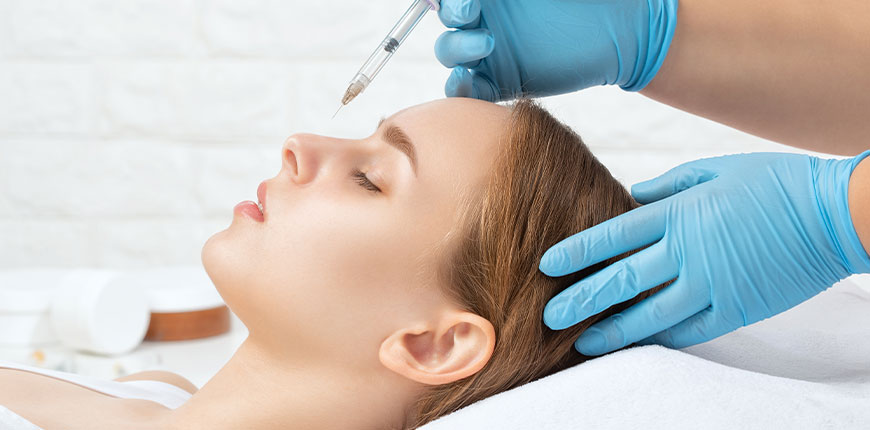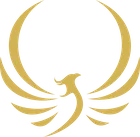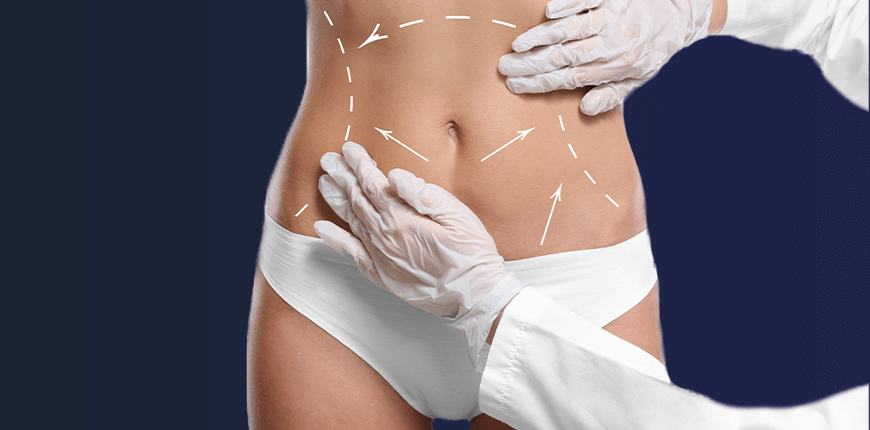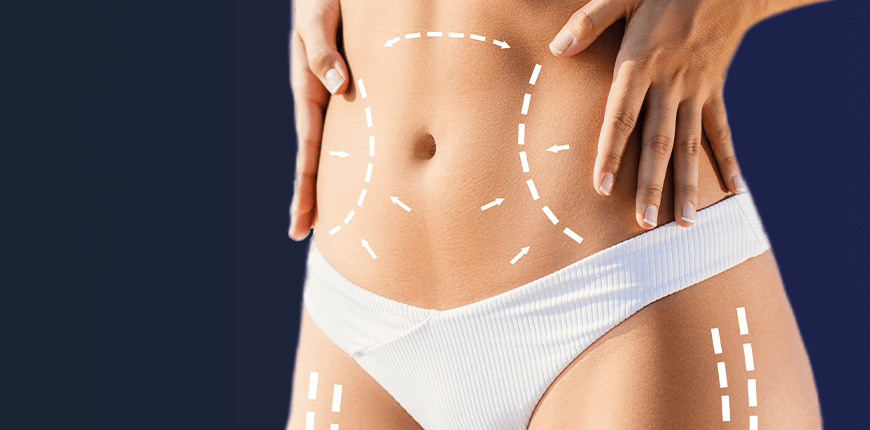
Rhinoplasty
Rhinoplasty is a surgical procedure also known as rhinoplasty or nose reshaping surgery. This procedure is applied to change or correct the structure of the nose. Rhinoplasty procedure can be performed for aesthetic reasons as well as to improve nasal functions.
What is a Rhinoplasty Procedure?
Rhinoplasty, also known as rhinoplasty, is a surgical procedure to change the shape and appearance of the nose. This procedure can also be preferred to correct congenital defects such as nasal curvature or the shape, size, or angle of the nasal bones, and to repair nasal shape damage after nasal trauma.
Rhinoplasty can be performed to change the tip of the nose, the wings of the nose, the nostrils, and the dorsum of the nose. During surgery, the nasal skin is lifted and the underlying bone and cartilage structures are reshaped. This procedure provides a better aesthetic appearance of the nose and improves breathing at the same time. Rhinoplasty is performed under general anesthesia and is completed in 2-4 hours. The healing process may take several weeks, during which swelling and bruising may occur in the nose.
Who is a Good Candidate for Rhinoplasty Procedure?
Rhinoplasty procedure; It may be suitable for individuals who want to change the shape and appearance of the nose and have respiratory problems caused by the structure of the nose. However; there may be some criteria for rhinoplasty operation.
► Nose Deformation: The shape and size of the nose are genetically shaped from birth. Therefore, the rhinoplasty procedure is a suitable treatment to correct congenital nasal deformities.
► Nasal Traumas: Nasal fractures or other nasal trauma can cause deformities in the structure of the nose. In such cases, the rhinoplasty procedure is an ideal procedure that can be referred to reshape the nose.
► Nasal Congestion: Nasal obstruction can be caused by defects in the structure of the nose and can cause breathing problems. Rhinoplasty surgery can improve respiratory function by correcting the structures within the nose.
► Aesthetic Reasons: Some people may not be satisfied with the shape and size of their nose and therefore may want to undergo a rhinoplasty procedure. In such cases, individuals in good general health may be suitable candidates for rhinoplasty.
To be a suitable candidate for a rhinoplasty procedure, candidates must be in good general health and have completed the development of the nasal structure. In addition, it is extremely important to consult a plastic surgeon and undergo a comprehensive physical examination before the rhinoplasty procedure.
How is Rhinoplasty Treatment Performed?
 Rhinoplasty is usually performed in a hospital or surgical center under general anesthesia. The procedure usually takes 2-4 hours and consists of several steps.
Rhinoplasty is usually performed in a hospital or surgical center under general anesthesia. The procedure usually takes 2-4 hours and consists of several steps.
- Anesthesia: General anesthesia ensures that the patient is comfortable and does not feel pain during the procedure.
- Incisions: During the rhinoplasty procedure, the surgeon makes small incisions on the nose. These incisions are usually made inside the nostrils or in the area under the nose so that the incisions are almost invisible.
- Cartilage And Bone Arrangement: The surgeon corrects the bone and cartilage of the nose by shaping them. He or she may also remove or reposition some cartilage and bones to change the shape of the nose.
- Narrowing Of The Nostrils: The nostrils are usually made smaller so that the nose has a more aesthetic appearance.
- Shaping The Tip Of The Nose: To shape the tip of the nose to have a better appearance, the surgeon lifts the skin of the nose and corrects the cartilage structure underneath.
- Sutures: The surgeon uses fine sutures to close incisions in the nostrils or wings of the nose.
- Bandaging: A bandage or splint is placed over the nose. This helps to maintain the shape of the nose and reduce swelling.
After the rhinoplasty procedure, swelling and bruising around the nose are observed, usually for several days. The recovery process can vary depending on the person's general state of health and the details of the surgery, but typically takes several weeks.
How is Rhinoplasty Treatment Recovery Progress?
The recovery process after rhinoplasty may vary depending on the general health status of the person, the complexity of the surgery, and the method of application.
- Postoperative Period: During the first few days after rhinoplasty, patients usually experience swelling, bruising, and pain around the nose. The bandage and splint placed on the nose continue to protect the surgical intervention area for the first few days.
- First Week: During the first week, the swelling and bruising usually observed around the nose begins to gradually decrease. However, minimal nasal congestion may be experienced. After the first week, the stitches on the nose are removed by the surgeon.
- First Month: In the first month after the operation, swelling, and bruising decrease rapidly. Patients are generally recommended to avoid physical activities for 1-2 weeks. During this period, nasal congestion usually decreases and respiratory function improves.
- First 6 Months: During the first 6 months after rhinoplasty, the shape of the nose continues to slowly continue its healing cycle. It may take up to a year for complete recovery. During this process, it is normal to have a slight swelling on the nose.
After rhinoplasty, it is important to attend follow-up appointments regularly as recommended by the doctor, rest, eat well, and follow the recommended care instructions to help the healing process.
-
Is the cost of Rhinoplasty surgery covered by insurance?
The cost of rhinoplasty surgery is not covered by insurance as it is generally considered a cosmetic procedure. However, rhinoplasty surgeries performed due to health problems such as nasal congestion or respiratory problems may be covered by insurance in some cases. This coverage may vary depending on the plan and conditions, so it is important to review your insurance plan and coverage and contact your health insurance company before surgery.
-
Is there any damage to the nasal structure after rhinoplasty surgery?
After a properly performed rhinoplasty surgery, there is no permanent damage to the nasal structure. However, there may be some complications that need to be careful in the postoperative period.
-
In which cases is rhinoplasty surgery recommended?
Rhinoplasty surgery may be recommended in cases such as aesthetic problems in the shape of the nose, nasal congestion, or respiratory problems. However, whether or not the surgery should be performed depends on the general health status and nasal structure of the person. Therefore, it is recommended to consult a specialist.














